As of December 2023, Vietnam has a total of 902 urban areas, including 2 special urban areas, 22 type I urban areas, 36 type II urban areas, 45 type III urban areas, 95 type IV urban areas, and 702 type V urban areas. Urban areas are home to more than 41 million people and are currently the main driving force for the country's growth, contributing up to 70% of the country's GDP.
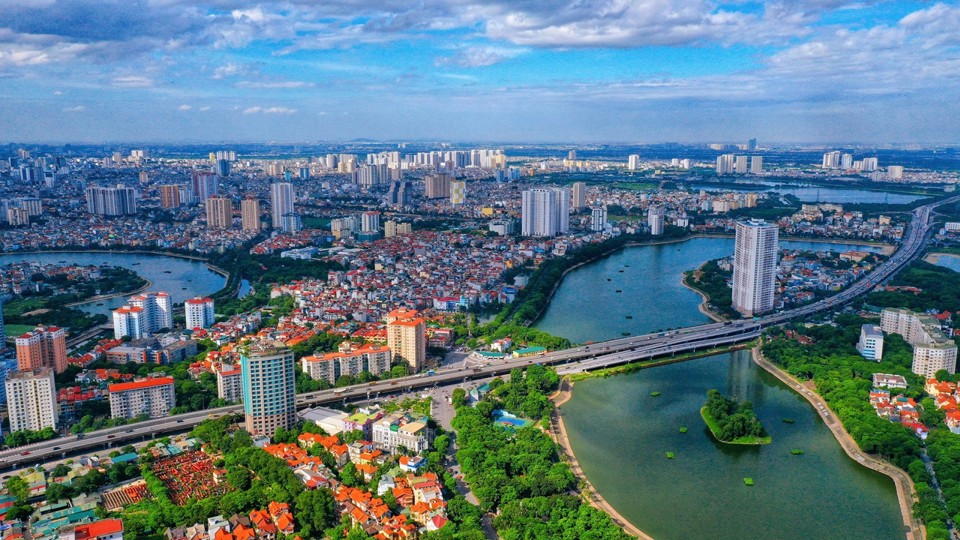
However, if Vietnam is one of the countries most heavily affected by climate change, Vietnam's urban system is the one most affected. Vietnam's urban areas are divided into two main groups: coastal urban systems, riverside urban systems, delta areas and mountainous and highland urban systems.
Dr. Nguyen Duc Cuong - Institute of Energy
“ Climate change has caused sea levels to rise, causing port facilities such as piers, warehouses, yards, and coastal roads designed according to old standards to be flooded. Rising sea levels have also caused some industrial clusters in low-lying areas to be flooded, traffic to be cut off, while erratic rain and water flows have affected the supply capacity and production planning of hydropower plants… Therefore, the problem is that we must diversify energy sources and minimize imported energy such as coal and oil .”
The urban system in coastal, riverine and delta areas (28 coastal provinces and cities with about 350 urban areas) is at risk of being affected by rising sea levels, being affected by climate-related hazards such as storms and tropical depressions, floods and landslides, and traffic congestion, environmental pollution, etc. Meanwhile, the urban system in mountainous and highland areas (12 mountainous and highland provinces with about 150 urban areas) is at risk of being affected by flash floods, landslides and groundwater depletion.
In particular, energy consumption in urban areas is creating a major challenge in sustainable urban development.
In recent times, the Party and the State have had many urban development policies in line with reality. The Project on Developing Vietnamese Cities to Respond to Climate Change for the 2021-2030 period approved by the Prime Minister (March 25, 2021) aims to proactively respond to climate change, rationally use resources in urban renovation, upgrading and development, contributing to controlling and reducing the level of air, water, and soil pollution, etc.
In particular, Resolution No. 06-NQ/TW dated January 24, 2022 of the Politburo is the first thematic resolution on urban development in Vietnam on planning, construction, management and sustainable development of Vietnamese urban areas to 2030, with a vision to 2045, demonstrating a unified guiding viewpoint on urban development in Vietnam also based on the foundation of sustainable development, responding to climate change. On November 11, 2022, the Government issued Resolution No. 148/NQ-CP on the Government's Action Program to implement Resolution No. 06-NQ/TW.
The Project on Developing Vietnamese Cities to Respond to Climate Change for the 2021-2030 period emphasizes the task of implementing scientific and technological research cooperation programs, implementing pilot projects on developing green, smart urban growth, green architecture, and ecology to respond to climate change; constructing energy-saving, emission-reducing works; developing environmentally friendly, reusable, and recyclable construction materials.
However, the development of green urban areas and green buildings in Vietnam, which allow for energy savings as well as many other practical benefits in responding to climate change, is still facing many difficulties, especially the lack of strong support policies and sanctions. Another obstacle is the lack of enthusiasm and full attention from investors. Currently, Vietnam still does not have an official green building assessment system, hindering the sustainable development and management of this type of building.
In that context, experts say that energy policies and urban development strategies in Vietnam to respond to climate change need to aim at promoting the use of solar - wind and hydropower energy, buildings and public works should be equipped with clean energy systems, minimizing greenhouse gas emissions.
Dr. Dang Huy Dong, former Deputy Minister of Planning and Investment
“ Currently, there are energy technologies for urban transport that can be completely localized, even up to 70% if the mechanisms stipulated in the Law on Technology Transfer are applied. As long as we firmly adhere to the policy of building urban areas based on public transport instead of urban planning based on personal transport, in cities with a population of 500,000 or more, the goal of reducing emissions is completely realistic .”
On the other hand, it is necessary to strengthen the warning and emergency response system, build an early warning system and emergency response plan for extreme weather situations, and train and raise people's awareness of how to deal with emergencies.
It is especially necessary to persevere in developing the public transport system, encourage the use of public transport, and minimize the use of private vehicles to reduce emissions and traffic congestion.
Source: https://kinhtedothi.vn/chien-luoc-nang-luong-de-giam-thieu-bien-doi-khi-hau-o-khu-vuc-do-thi.html


![[Photo] Prime Minister Pham Minh Chinh receives delegation from the US-China Economic and Security Review Commission of the US Congress](https://vphoto.vietnam.vn/thumb/1200x675/vietnam/resource/IMAGE/2025/5/7/ff6eff0ccbbd4b1796724cb05110feb0)

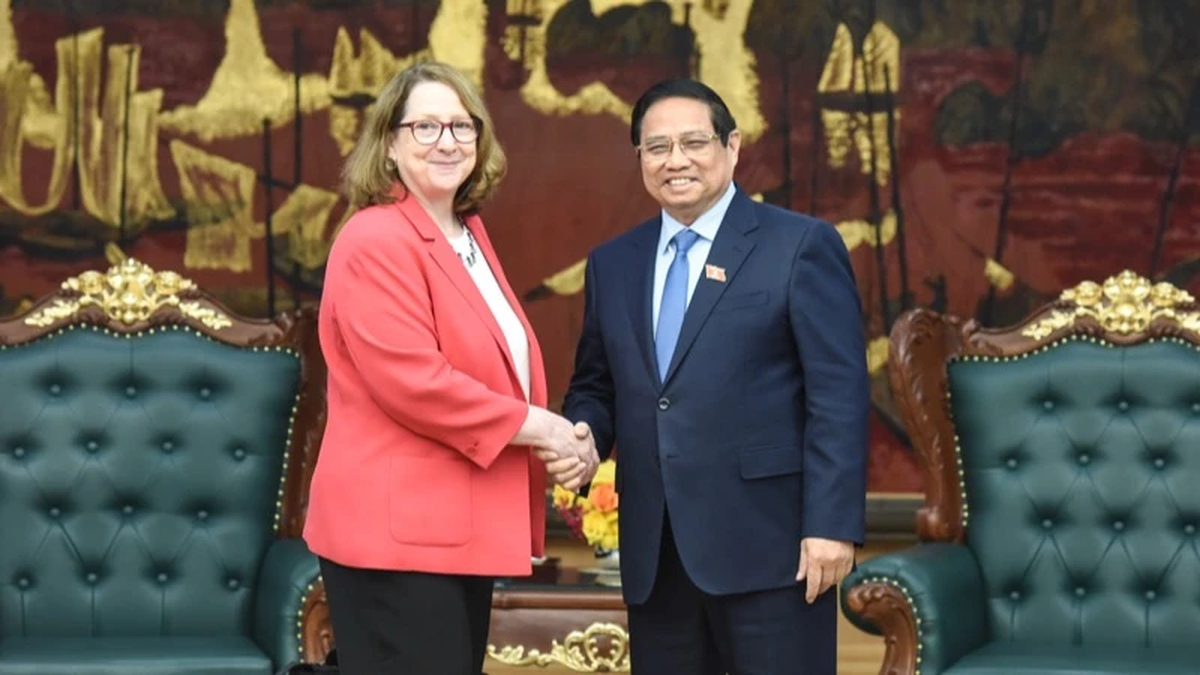
![[Photo] General Secretary attends the parade to celebrate the 80th anniversary of the victory over fascism in Kazakhstan](https://vphoto.vietnam.vn/thumb/1200x675/vietnam/resource/IMAGE/2025/5/7/dff91c3c47f74a2da459e316831988ad)


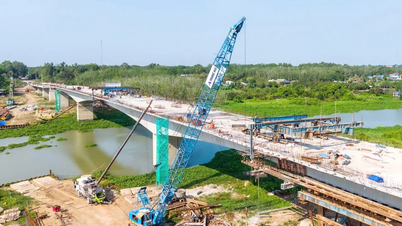

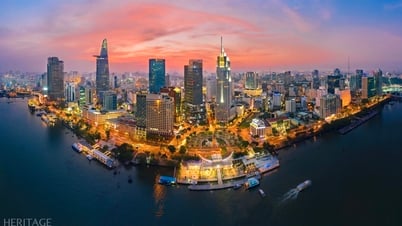


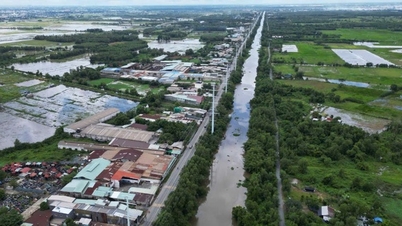

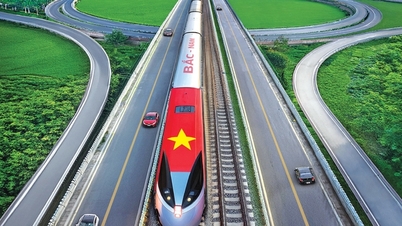

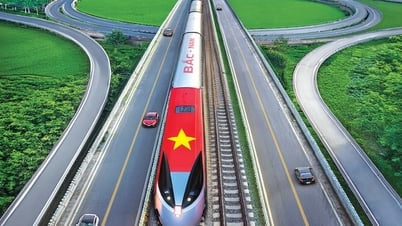
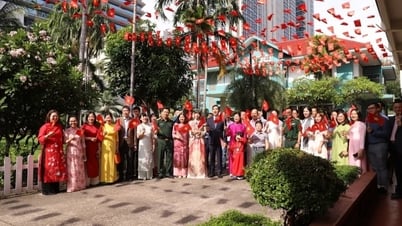


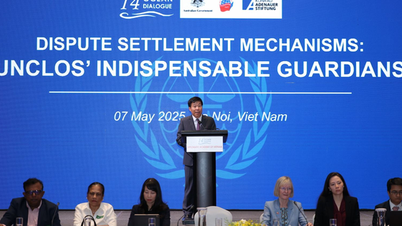
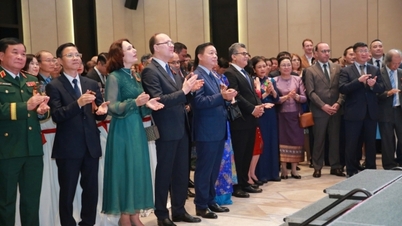
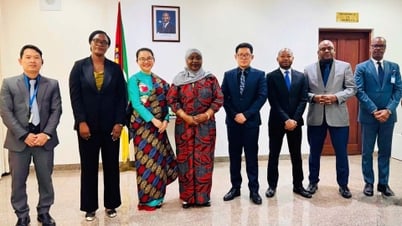





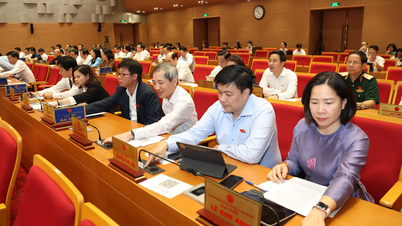

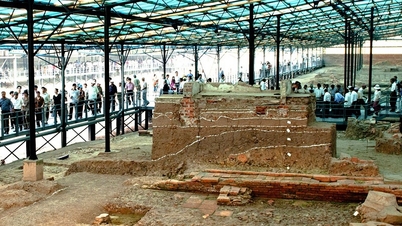
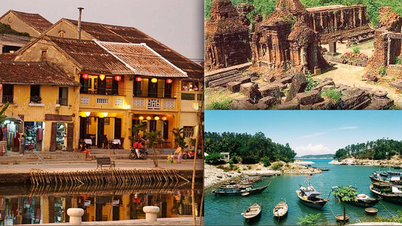

![[Photo] Sparkling lanterns to celebrate Vesak 2025](https://vphoto.vietnam.vn/thumb/1200x675/vietnam/resource/IMAGE/2025/5/7/a6c8ff3bef964a2f90c6fab80ae197c3)


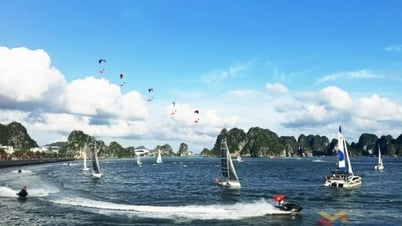

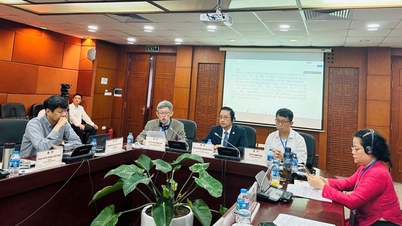



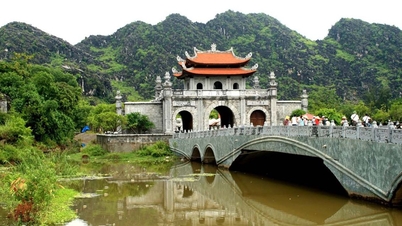






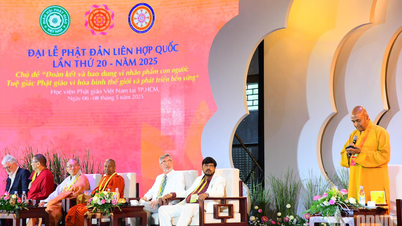






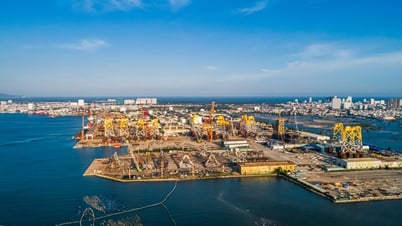




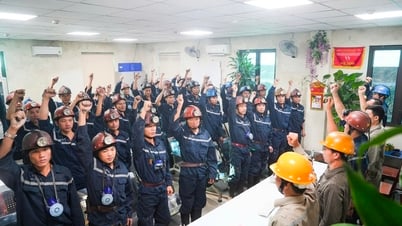

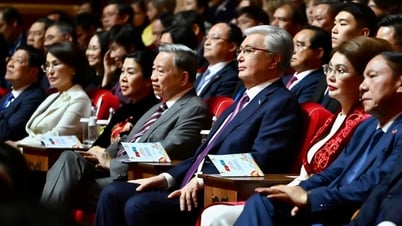


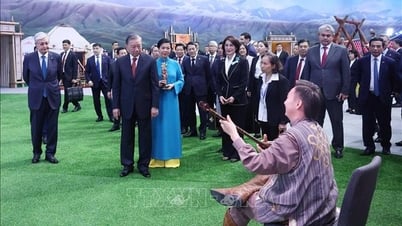
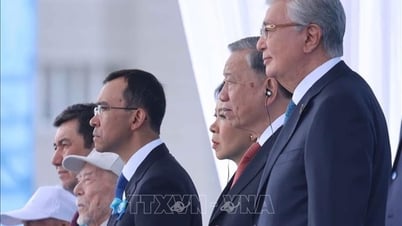

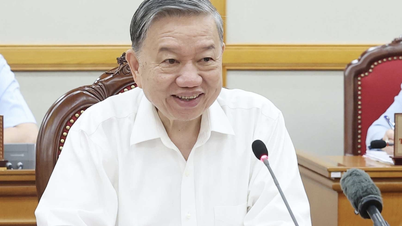


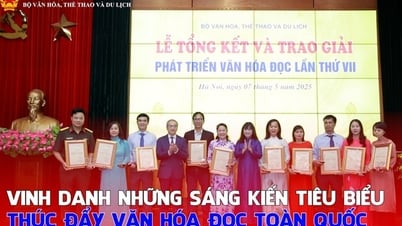
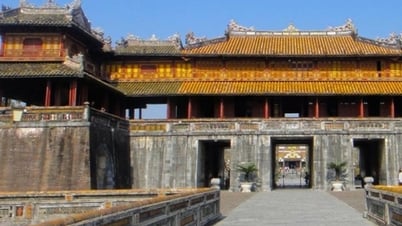
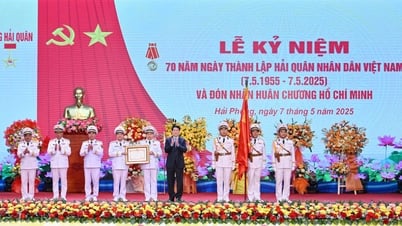










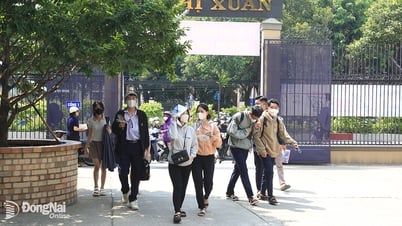
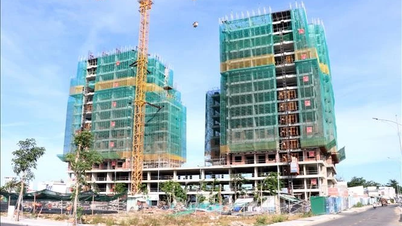










Comment (0)